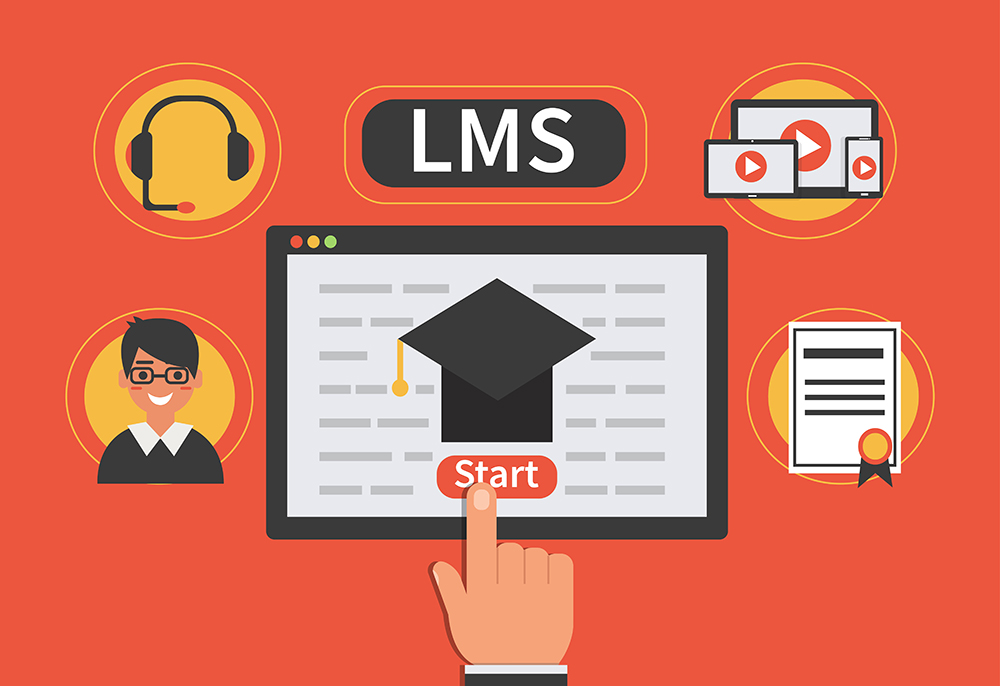A learning management system (LMS) is a technology used by employers to manage employee training and development. An LMS is multifunctional, serving as a training repository, a reporting outlet, and a self-service portal, as well as assisting in employee development.
Utilizing an LMS: Pros
Here are some of the benefits to using an LMS:
- An employer can easily track compliance with mandatory training by using an LMS that shows employee training records and produces reports of those records.
- An LMS can assist in employee development programs. It can allow an employer to create a more personalized program for each employee, which can then be integrated with other existing HR systems.
- An LMS can be implemented to test current skill levels, determining what training is necessary and therefore saving time.
- Employees can use an LMS to discover new training, allowing them to upskill without employer intervention, especially when utilizing online training. This can also allow employees to schedule training at their convenience.
- An LMS makes analyses of skills gaps simpler.
- Training programs can be automated and offered to specific groups as needed, which can help with training administration.
- An LMS can serve as a repository for all training materials, which can ensure that only updated versions are used.
- If used effectively, an LMS can aid in employee retention by demonstrating the value of employee development and training programs.
- LMSs are customizable. Many types of training can be incorporated, and they can act as self-service portals for employees. An LMS can also be used by HR and training teams for tracking purposes, and employers can add their own training or use that of a third party. The customization possibilities are endless.
- An LMS provides many reporting options, such as seeing what training has been taken by employees and where there are shortfalls. Employers can identify employees who have taken specific courses and then chart development paths or even help plan succession paths.
| Now that you understand the pros and cons of using LMSs, learn to select the best LMS for your organization when you download this special report. |
Utilizing an LMS: Cons
Of course, there are also potential downsides. Here are a few:
- Costs will be involved with the purchase, implementation, and setup of such a system. Training on the system will likely be required, along with ongoing administrative costs.
- An LMS should not be used as a hands-off approach; online training cannot fully displace in-person training, and even recorded versions of live training sessions have disadvantages. In short, an LMS can only be used for some types of training.
- There is also the issue of maintaining system security, which may require additional costs.
- Employees may be able to game the system by appearing to have taken a course online even though they didn’t.
- It may be difficult to convince employees to utilize the system, especially if its use is not required.
- If there’s only one type of training on offer for a particular subject, it cannot easily accommodate different learning styles.
Does your organization currently utilize an LMS? If not, is it something you’re looking to add in the future?
Bridget Miller is a business consultant with a specialized MBA in International Economics and Management, which provides a unique perspective on business challenges. She’s been working in the corporate world for over 15 years, with experience across multiple diverse departments including HR, sales, marketing, IT, commercial development, and training.

